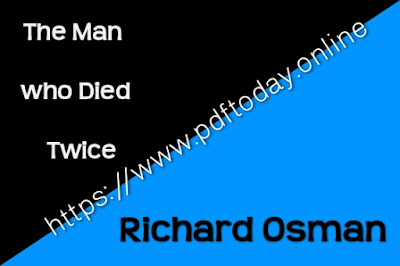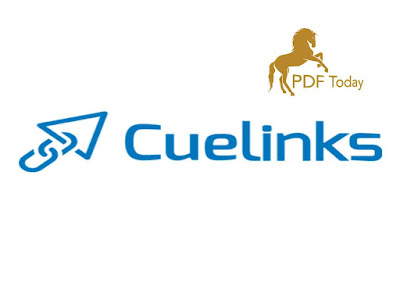“Rich Dad Poor Dad” by Robert Kiyosaki is a revolutionary book that has transformed the way millions think about personal finance and wealth-building. First published in 1997, this bestseller dives into the stark differences between the financial philosophies of Kiyosaki’s two father figures: his biological father (Poor Dad) and his best friend’s father (Rich Dad). Through this dual perspective, Kiyosaki sheds light on the financial principles that can lead to long-term wealth.
Here’s a detailed summary of the book and its key lessons:
The Two Dads
Kiyosaki’s biological father, referred to as Poor Dad, was a highly educated and hard-working man. Despite his impressive academic achievements and stable government job, he struggled financially throughout his life. On the other hand, Rich Dad, a high school dropout who owned multiple businesses, accumulated significant wealth by applying unconventional financial strategies. The contrasting mindsets of these two men form the core of the book’s teachings.
Key Lessons from Rich Dad Poor Dad
1. The Importance of Financial Education
One of the main lessons in “Rich Dad, Poor Dad” is the significance of financial literacy. Kiyosaki emphasizes that traditional education focuses on academic and professional skills but neglects critical financial knowledge. He argues that understanding concepts like income, expenses, assets, and liabilities is essential for achieving financial independence.
2. The Difference Between Assets and Liabilities
Rich Dad teaches Kiyosaki that wealth comes from acquiring assets—things that put money in your pocket—and avoiding liabilities—things that take money out of your pocket. For example, a personal home is often considered a liability due to its maintenance and mortgage costs, whereas a rental property generating positive cash flow is an asset.
3. The Rat Race
Kiyosaki describes the “rat race” as the endless cycle of earning, spending, and living pay cheque to pay cheque. Many people, like Poor Dad, work tirelessly to earn money but fail to build wealth because they prioritize job security over financial freedom. Rich Dad’s advice is to break free from this cycle by creating passive income streams through investments, real estate, or businesses.
4. Work to Learn, Not to Earn
Rich Dad encourages Kiyosaki to focus on acquiring valuable skills rather than solely chasing a pay cheque. By working in various fields, Kiyosaki learned about sales, marketing, management, and investing, which ultimately contributed to his financial success. The takeaway is to view jobs as opportunities to gain knowledge and experience, not just income.
5. The Power of Mindset
A critical theme in “Rich Dad Poor Dad” is the mindset shift needed to achieve wealth. Poor Dad often said, “I can’t afford it,” which Kiyosaki believes shuts down creative thinking. Rich Dad, on the other hand, asked, “How can I afford it?” This subtle change in phrasing encourages problem-solving and innovation.
The Cash Flow Quadrant
Kiyosaki introduces the concept of the Cash Flow Quadrant to explain the different ways people earn income:
E (Employee): Earns money by working for someone else.
S (Self-Employed): Owns a job and works for themselves.
B (Business Owner): Owns a system or business that works for them.
I (Investor): Earns money by investing in assets that generate income.
Rich Dad’s advice was to move from the E and S quadrants to the B and I quadrants to achieve true financial freedom.
The Role of Real Estate and Investments
Real estate plays a significant role in Kiyosaki’s wealth-building strategy. He explains how investing in properties can generate passive income and appreciate over time. Additionally, Kiyosaki advocates for diversifying investments into stocks, bonds, and other income-producing assets.
Overcoming Fear and Greed
Kiyosaki discusses how fear and greed can hinder financial success. Fear of losing money often prevents people from taking risks, while greed can lead to poor financial decisions. Rich Dad’s approach involves balancing these emotions by focusing on education, analysis, and long-term planning.
Taking Action
“Rich Dad Poor Dad” emphasizes the importance of taking action. Knowledge alone is not enough; applying what you learn is crucial. Kiyosaki encourages readers to start small, experiment, and learn from mistakes as they build their financial foundation.
Criticisms of Traditional Advice
Kiyosaki challenges conventional wisdom, such as the idea of working hard, saving money, and investing in a 401(k). While he acknowledges the value of these strategies for some, he argues that they are insufficient for achieving significant wealth. Instead, he advocates for entrepreneurship and investment in income-generating assets.
Key Takeaways
Build Assets: Focus on acquiring assets that generate passive income.
Prioritize Financial Education: Learn about money management, investing, and entrepreneurship.
Embrace Risks: Take calculated risks to grow your wealth.
Think Creatively: Adopt a problem-solving mindset to overcome financial challenges.
Act Now: Begin your journey to financial independence today.















0 Comments